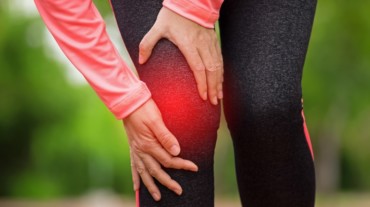
Have you ever heard a sound when you bend your knees? Do you feel crackling, clicking, grating, creaking, or popping sensations when you move your knee joint? Can others hear it too? Well, if all this is happening to you then let us explain: when your bones rub against each other and cause clunking and snapping, you get creaky joints.
The medical term for this is known as ‘crepitus’ which may also be associated with pain or swelling in your knees. Now you might be wondering whether be concerned about your creaky joints. Well, there is nothing to worry about as long as you don’t experience any pain. If your knees make noise and you are also experiencing pain, then something is not right.
Here are some possible reasons for creaky knees:
When arthritis affects the knees, it can cause joint pain, stiffness, and creaking sound. Osteoarthritis and rheumatoid arthritis are the most common types of arthritis. A study by the National Institute of Arthritis and Musculoskeletal and Skin Diseases found that 18% of people with creaky knees eventually developed arthritis later on.
Crepitus is often caused by uneven rubbing of the cartilage. The cartilage is a firm tissue which covers the ends of long bones at the joint area. Sometimes when the knee cartilage is injured, small pieces break and get lodged in the joints. And so when you bend your knee, it makes the pop and snap-like sound.
Crepitus is mostly harmless. If you’ve been hearing that creaky sound upon bending your knees, then it could also be because gas bubbles are trapped in your joints. This is the most common reason why our joints, including our knuckles, make a cracking noise.

The American Academy of Orthopedic Surgeons (AAOS) suggests that one experiences popping and clicking sensation when the meniscus tears up. This may cause crepitus, which then occurs because of forceful or sudden twisting of the knee. This mostly happens with the people who play sports, run or jog, and who have aged.
Air bubbles in the knee tissue can cause popping and cracking sounds, along with patellofemoral pain syndrome (PFS) and/or osteoarthritis (OA). A study published in the journal Osteoarthritis and Cartilage found that women between the ages of 45 and 60 who had both crepitus and patellofemoral pain had 72% chance of developing OA.